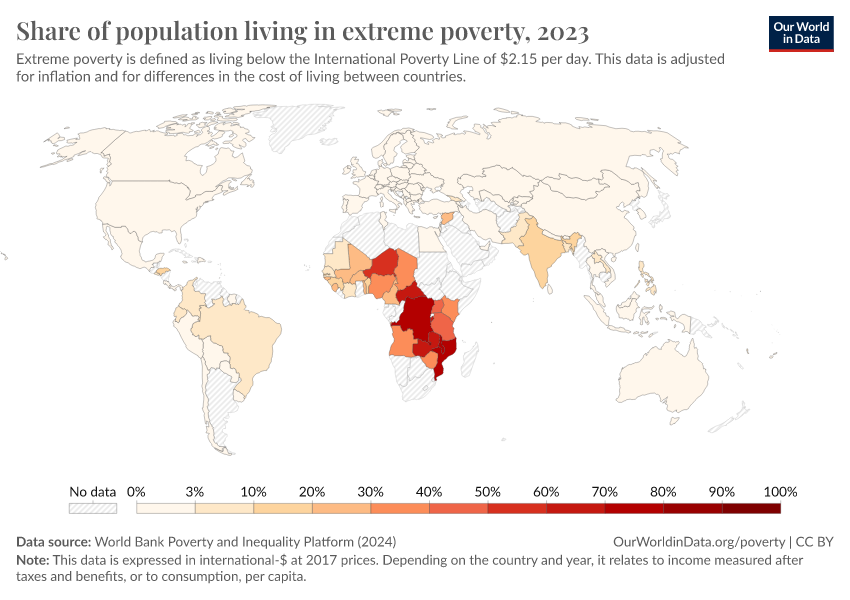What could be more tragic than the death of a young child? Child mortality, the death of children under the age of five, is still extremely common in our world today.
The historical data makes clear that it doesn’t have to be this way: it is possible for societies to protect their children and reduce child mortality to very low rates. For child mortality to reach low levels, many things have to go right at the same time: good healthcare, good nutrition, clean water and sanitation, maternal health, and high living standards. We can, therefore, think of child mortality as a proxy indicator of a country’s living conditions.
The chart shows our long-run data on child mortality, which allows you to see how child mortality has changed in countries around the world.







